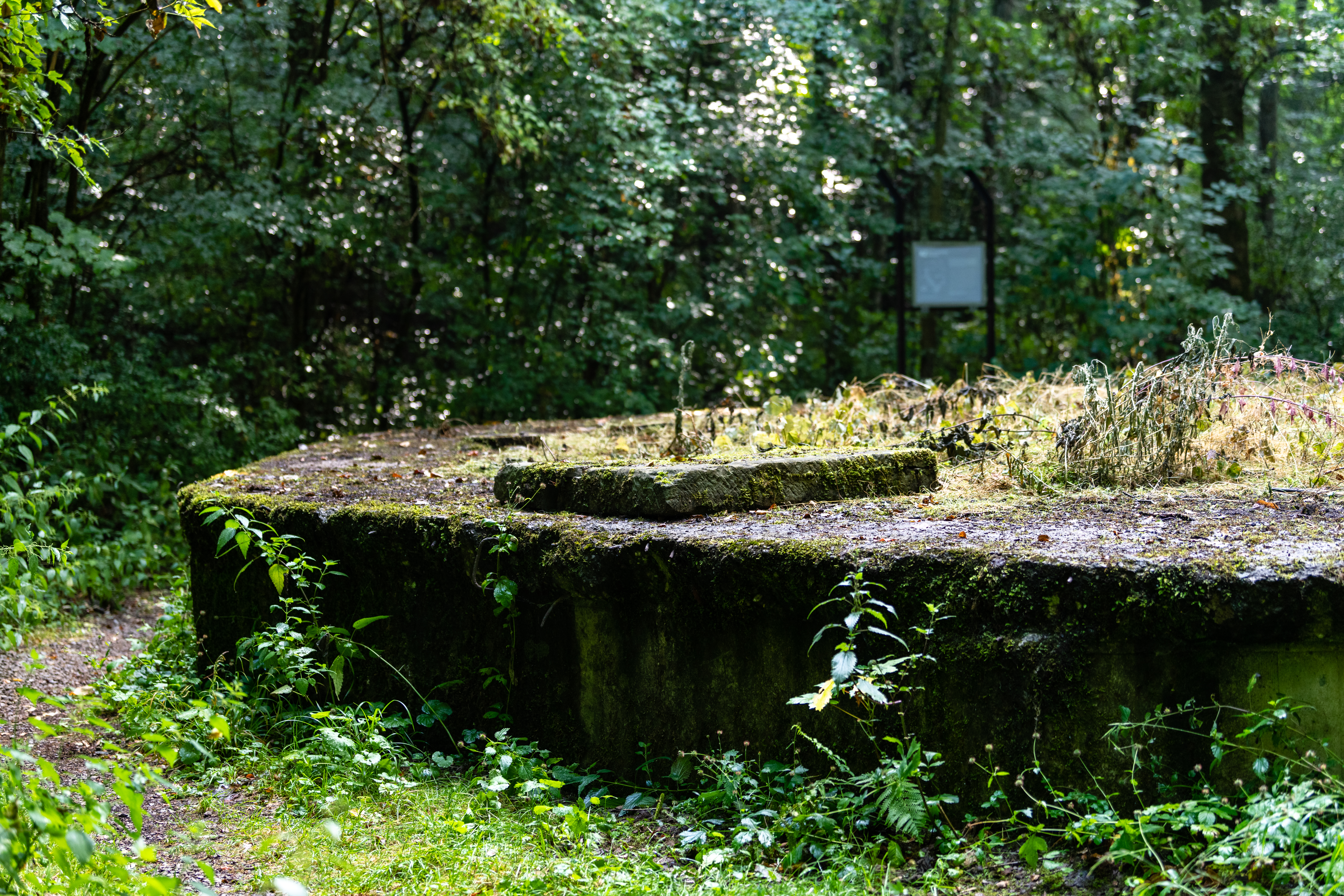Operation Desert (German Fuel Project) on:
[Wikipedia]
[Google]
[Amazon]
Operation Desert (german: Unternehmen Wüste) was a German synthetic fuel project during World War II. It attempted to build a shale oil industrial production complex for utilization of  However, out of ten planned plants only four became operational. The technology was primitive carbonization and oil yield was low. Mined oil shale was heaped into mounds which were ignited after covering by peat.
However, out of ten planned plants only four became operational. The technology was primitive carbonization and oil yield was low. Mined oil shale was heaped into mounds which were ignited after covering by peat.
Swabian Alb
The Swabian Jura (german: Schwäbische Alb , more rarely ), sometimes also named Swabian Alps in English, is a mountain range in Baden-Württemberg, Germany, extending from southwest to northeast and in width. It is named after the region of ...
oil shale deposits (Posidonia Shale
The Posidonia Shale (german: Posidonienschiefer, also called Schistes Bitumineux in Luxembourg) geologically known as the Sachrang Formation, is an Early Jurassic (Toarcian) geological formation of southwestern and northeast Germany, northern Swit ...
).
The project was driven by the fuel needs of the German army at the last phase of World War II due to decreasing conventional petroleum supplies. Three companies conducted pilot tests. ''LIAS-Ölschiefer-Forschungsgesellschaft mbH'', established in September 1942, started tests in Frommern
Balingen (; Swabian: ''Balenga'') is a town in Baden-Württemberg, Germany, capital of the district of Zollernalbkreis. It is located near the Swabian Jura, approx. 35 km to the south of Tübingen, 35 km northeast of Villingen-Sc ...
. Holoch (1978), p. 232 ''Kohle-Öl-Union von Busse KG'', established on 30 July 1943 in Berlin, tested ''in-situ'' retorting on the outskirts of Schörzingen. Megargee (2009), p. 1012 ''Deutsche Ölschiefer-Forschungsgesellschaft mbH'', established on 20 September 1943 in Schömberg, became later the core of the Operation Desert. '' Schutzstaffel'' (SS) and Hermann Göring personally became involved in the project in late 1943. On 2 May 1944, SS established oil shale company ''Deutsche Schieferöl GmbH'' for its own shale oil plant near Erzingen
Klettgau (High Alemannic: ''Chleggau'') is a municipality in the district of Waldshut in Baden-Württemberg, Germany. It is the centre of the ''Klettgau'' historical region stretching across the Swiss border into the cantons of Aargau, Schaffha ...
. Longerich (2012), p. 685 Also IG Farben
Interessengemeinschaft Farbenindustrie AG (), commonly known as IG Farben (German for 'IG Dyestuffs'), was a German chemical and pharmaceutical conglomerate (company), conglomerate. Formed in 1925 from a merger of six chemical companies—BASF, ...
became involved in shale oil. In July 1944, Operation Desert became a part of the '' Geilenberg Programme''.
For the Operation Desert construction of ten shale oil extraction plants in Württemberg and Hohenzollern
The House of Hohenzollern (, also , german: Haus Hohenzollern, , ro, Casa de Hohenzollern) is a German royal (and from 1871 to 1918, imperial) dynasty whose members were variously princes, electors, kings and emperors of Hohenzollern, Brandenb ...
were ordered by Edmund Geilenberg. Prisoners from seven nearby subcamps of the Natzweiler-Struthof concentration camp, established by the route of Tübingen - Aulendorf and Nebenstrecke Balingen- Rottweil railway lines, were used as a workforce. The main contractor for building these plants was ''Deutsche Bergwerks- und Hüttenbau GmbH'', a subsidiary of '' Reichswerke Hermann Göring''. About 5,000 prisoners were used for construction works and more than 10,000 prisoners had been exploited for the oil-shale works. When the Soviet troops advance into Estonia in 1944, about 200 oil shale specialists from Estonia, employees of ''Baltische Öl GmbH '', an affiliate of IG Farben, were evacuated to Schömberg. Holmberg (2008), pp. 130-131
 However, out of ten planned plants only four became operational. The technology was primitive carbonization and oil yield was low. Mined oil shale was heaped into mounds which were ignited after covering by peat.
However, out of ten planned plants only four became operational. The technology was primitive carbonization and oil yield was low. Mined oil shale was heaped into mounds which were ignited after covering by peat. Distilled
Distillation, or classical distillation, is the process of separating the components or substances from a liquid mixture by using selective boiling and condensation, usually inside an apparatus known as a still. Dry distillation is the heating ...
shale oil and oil shale gas were collected through perforated pipes. Oil was separated from gas by electric filters. Until the end of the war, only 1,500 tonnes of shale oil was produced.
After the war French occupation forces tried continue the shale oil production operations but due to unprofitability it was halted in 1948.
References
Bibliography
* * * * {{Authority control Oil shale in Germany Petroleum economics Economy of Nazi Germany Germany in World War II Zollernalbkreis